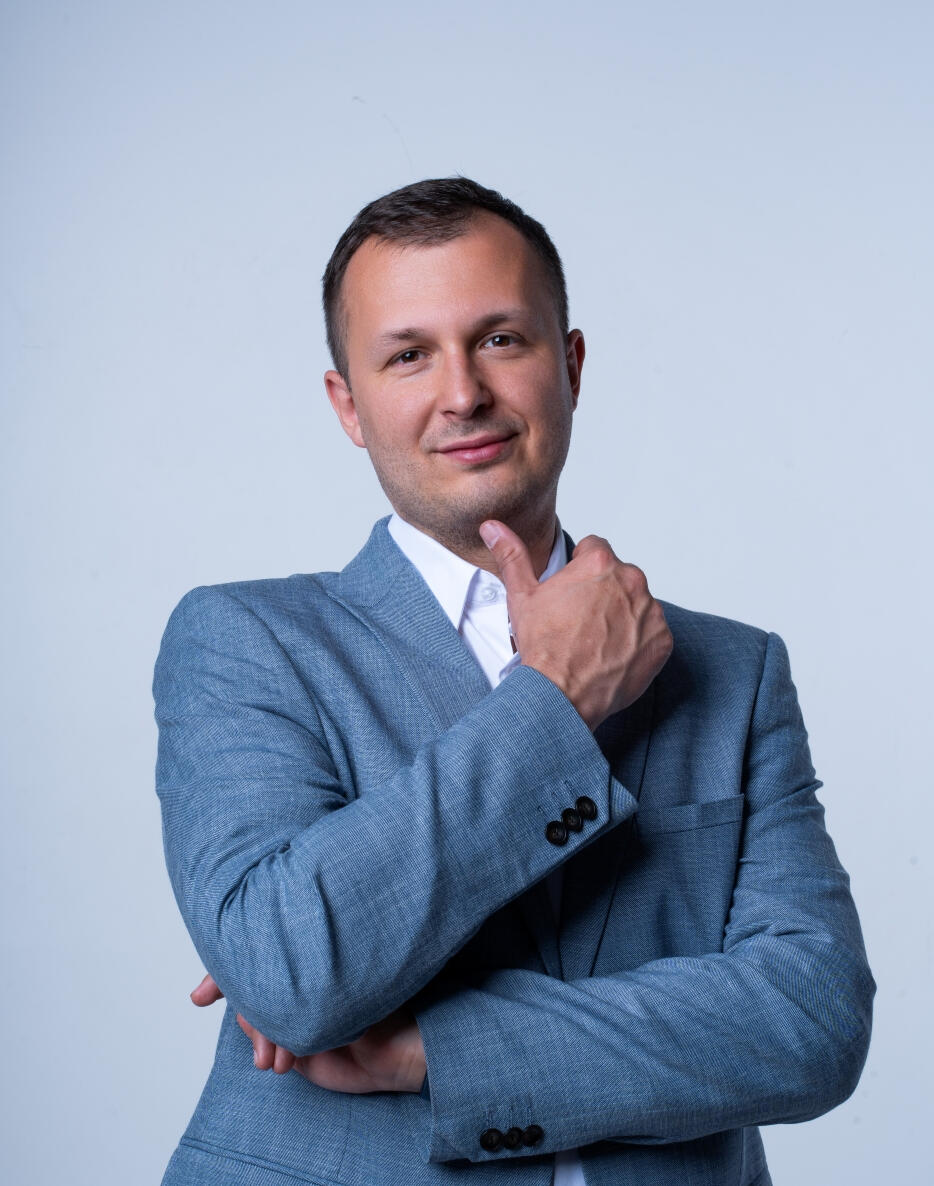
Dobrý den,
jmenuji se Martin Greň a pomáhám firmám přetvořit jejich technologické nápady v reálné produkty — od prvotního konceptu až po sériovou výrobu.
Co nabízím:
Analýza trhu a konkurence – zjistím, kde je vaše výhoda
Definice produktu a technických požadavků – připravím specifikaci potřebnou pro zadání pro specialisty a dodavatele
Prototypování a ověření konceptu – zrychlím vývoj rychlým návrhem konceptu a jeho přeměnou do prototypu vhodným k testování
Optimalizace výroby a přechod do sériové produkce – pomůžu najít vhodné dodavatele, připravím podklady pro správné rozhodnutí
Proč právě já:
Pracoval jsem na projektech pro firmy jako Škoda, Albixon či Aeromobil
Mám zkušenosti s hardwarem, softwarem a výrobou
Vidím věci z perspektivy technického inženýra i podnikatele
Mé portfolio:
Toto jsou některé z projektů, na kterých jsem měl tu čest se přímo podílet:
Škoda Auto
Smart dials
Byl jsem projektovým vedoucím vývoje interiérové jednotky ovládání klimatizace pro novou generaci vozů Škoda
Albixon
Moover
Byl jsem projektovým vedoucím vývoje robotického pohonu bazénového zastřešení
Aeromobil
Aeromobil 4.0
Byl jsem jedním z konstruktérů projektu létajícího auta.
Ecocapsule
Byl jsem konstruktérem eko udržitelného mobilního ubytování
Švihej
Designové návrhy švihadel
Pro značku Švihej navrhuju produkty včetně jejich doprovodu až do prodeje zákazníkům
Švihej jump ropes
Počítadlo skoků přes švihadlo
Jsem tvůrce a vedoucí vývoje aplikace, která pomocí strojového vidění počítá skoky.
Kontakt
Chcete-li zjistit, co by vaše firma dokázala s mu pomocí, kontaktujte mě a domluvme si nezávaznou konzultaci.
Původní myšlenkou, proč pro počítání přeskoků použít strojové vidění místo chytrých hodinek, byla snaha pomoci začátečníkům lépe pochopit jejich chyby v technice skákání.Kamera snímá pohyby uživatele, dokáže rozpoznat chyby a navést ho ke správnějšímu a efektivnějšímu stylu skákání.Jsem autorem nápadu a vedoucím projektu. Mám na starosti mimo jiné definici funkcí, plánování a uvedení produktu na trh.Aplikaci můžete najít na portále Švihej, konkrétně portal.svihej.cz , kde ji používá několik tisíc zákazníků.Počítadlo také používáme na Švihej srazech pro soutěžení v počtu přeskoků na čas.
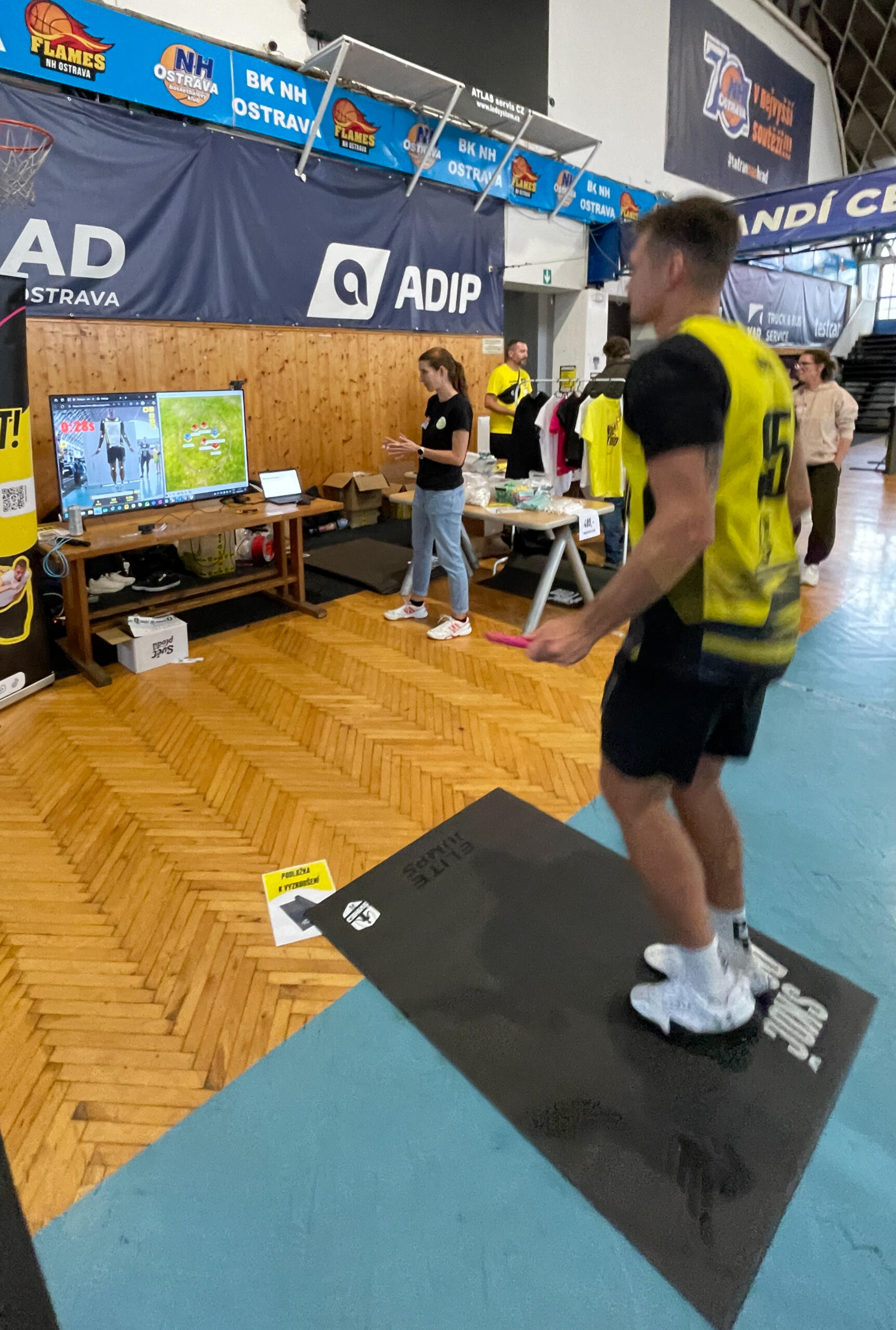
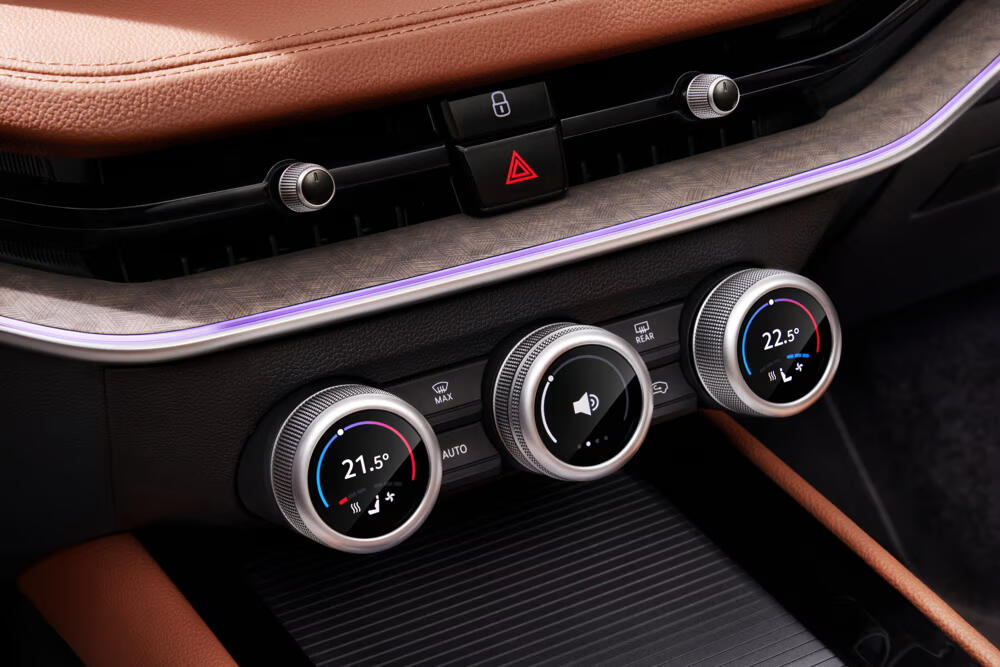
U tohoto projektu jsem měl jsem to štěstí vést vývoj největší lákadla interiéru nové generace vozů Škoda.
Největší výzvou bylo pochopit limity architektury vozidla a najít inovativní řešení v rámci těchto omezení.Další výzvou bylo nastavit komunikaci mezi týmy, definovat požadavky pro dodavatele a jednotku provést veškerými interním a externími, HW a SW testy do sériové výroby až k zákazníkům.Vývoj této jednotky trval mezi 3-4 lety a bylo na ni provedeno mnoho projektových a technických změn.Samozřejmě vděčím týmům ze Škody, EDAG a Kostalu za to, že se projekt podařilo úspěšně dovést do sériové výroby.
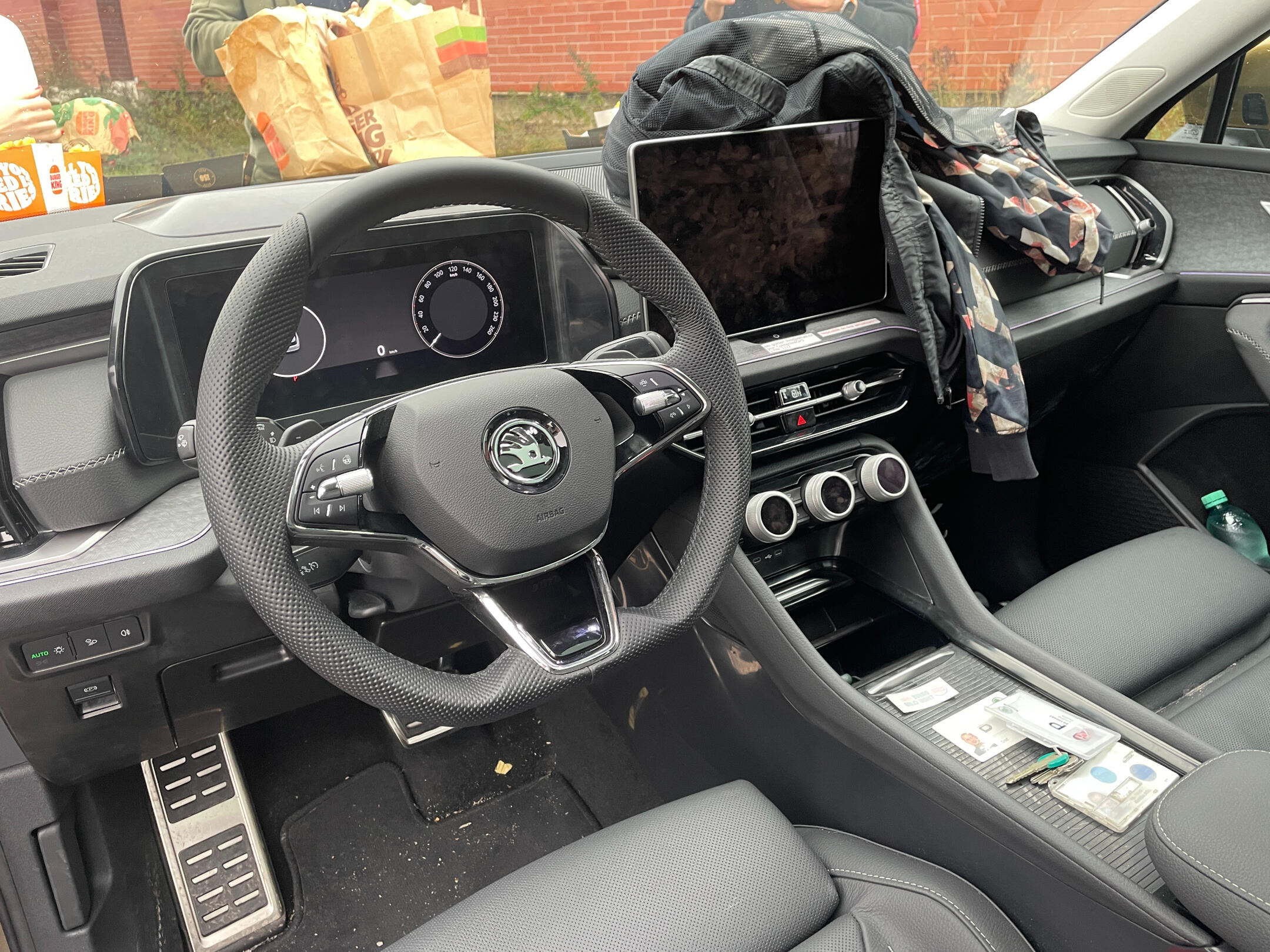


Má první práce rovnou po VŠ byla tato pecka, letájící auto Aeromobil.
Mou hlavní odpovědností byl návrh řídicího systému vozidla a vývoj inovativních skládacích mechanismů, které umožňují přeměnu z režimu auta na letadlo a naopak. V AeroMobilu jsem pracoval dva roky a získal rozsáhlé znalosti nejen v leteckém a automobilovém inženýrství, ale také v oblasti numerických metod a výrobních technologií. Z těchto zkušeností čerpám dodnes.
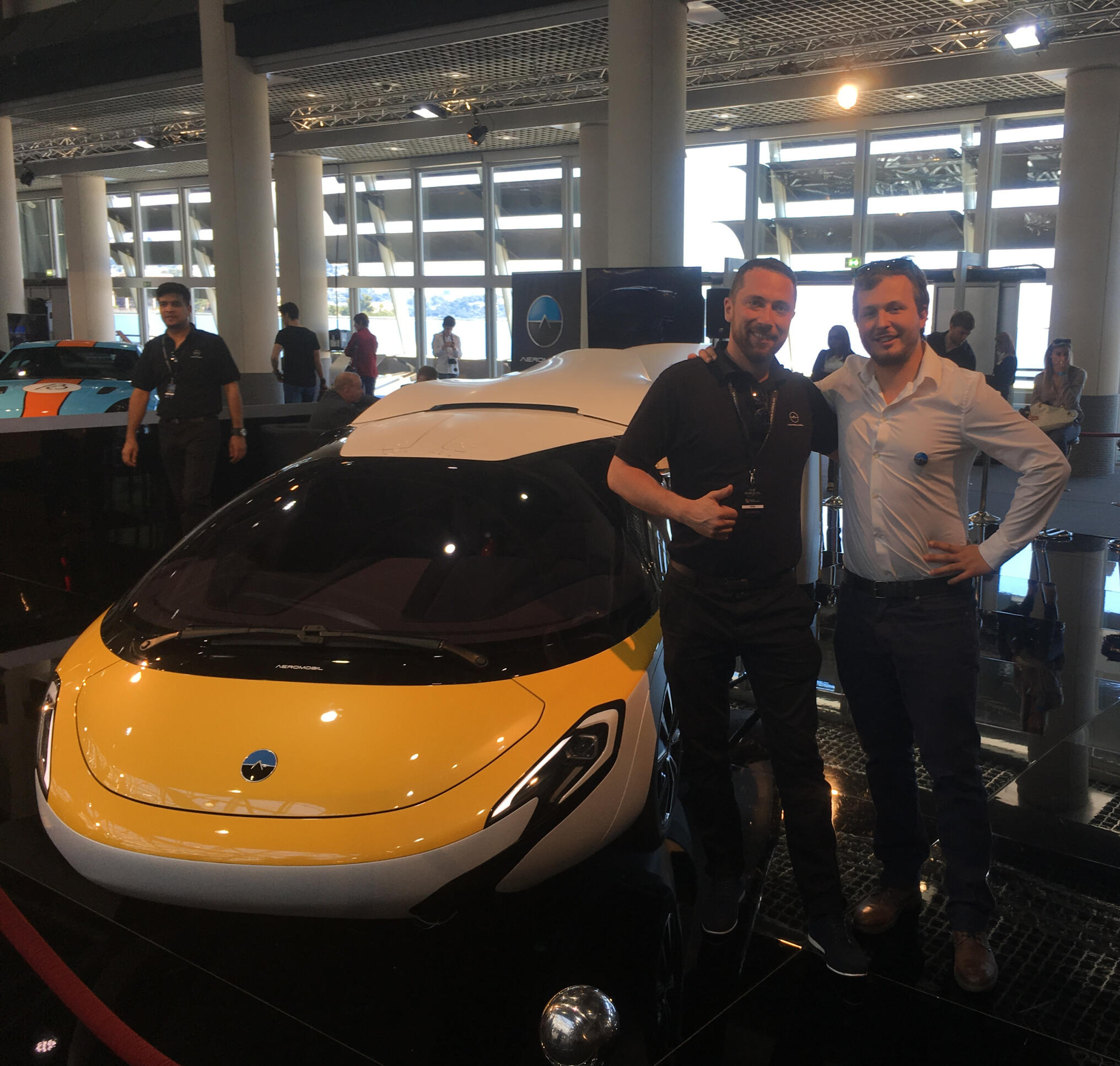
Albixon Moover byl můj první projekt ve společnosti EDAG CZ. Firma Albixon nás oslovila s velkou výzvou – vyvinout motorovou jednotku, kterou bude možné připojit k široké škále zastřešení bazénů.Moover je dálkově ovládané zařízení napájené solárními panely umístěnými na horní straně. Při manipulaci s těžšími zastřešeními může pracovat i v páru. Je navržen jako celoroční řešení schopné odolávat různým povětrnostním podmínkám.Na tomto projektu jsem dělal poprvé projektového vedoucího vývoje a byl jsem opravdu rád, že jsem se mohl opřít o mé zkušenější kolegy z EDAGu, kteří mě nechali si projít nejen těmi příjemnými stránkami vývoje takových zařízení. A když se ohlédnu nazpět, tak jsem za to velmi rád.
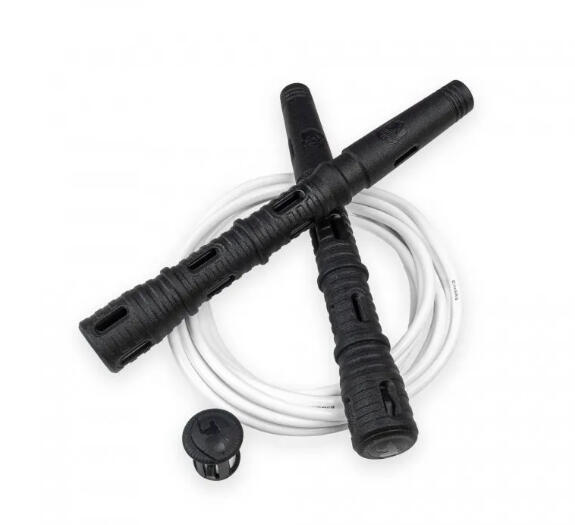
Švihej je moje srdcovka. Je to firma, která ma jasně dané své hodnoty mezi které patří především poctivost a čestnost.Zakladatelé značky mě oslovili s výzvou vytvořit několik nových modelů švihadel, které jsme postupně i s pomocí našich dodavatelů dostávali do oběhu. Osobně mám nejraději model Katana, protože přináší na trh skutečně jedinečný design. Mými hlavními úkoly bylo navrhnout designy, projít s foundery několika iteracemi návrhů, najít výrobce a po ekonomické optimalizaci uvést tato švihadla na trh. Věřím, že desetitisícům spokojeným uživatelům přinášejí spoustu radosti (a potu) :)Se Švihej neustále pracujeme na novinkách a snažíme se zákazníky rozmazlovat novými přístupy ke cvičení a věřím tomu, že se nám to daří.
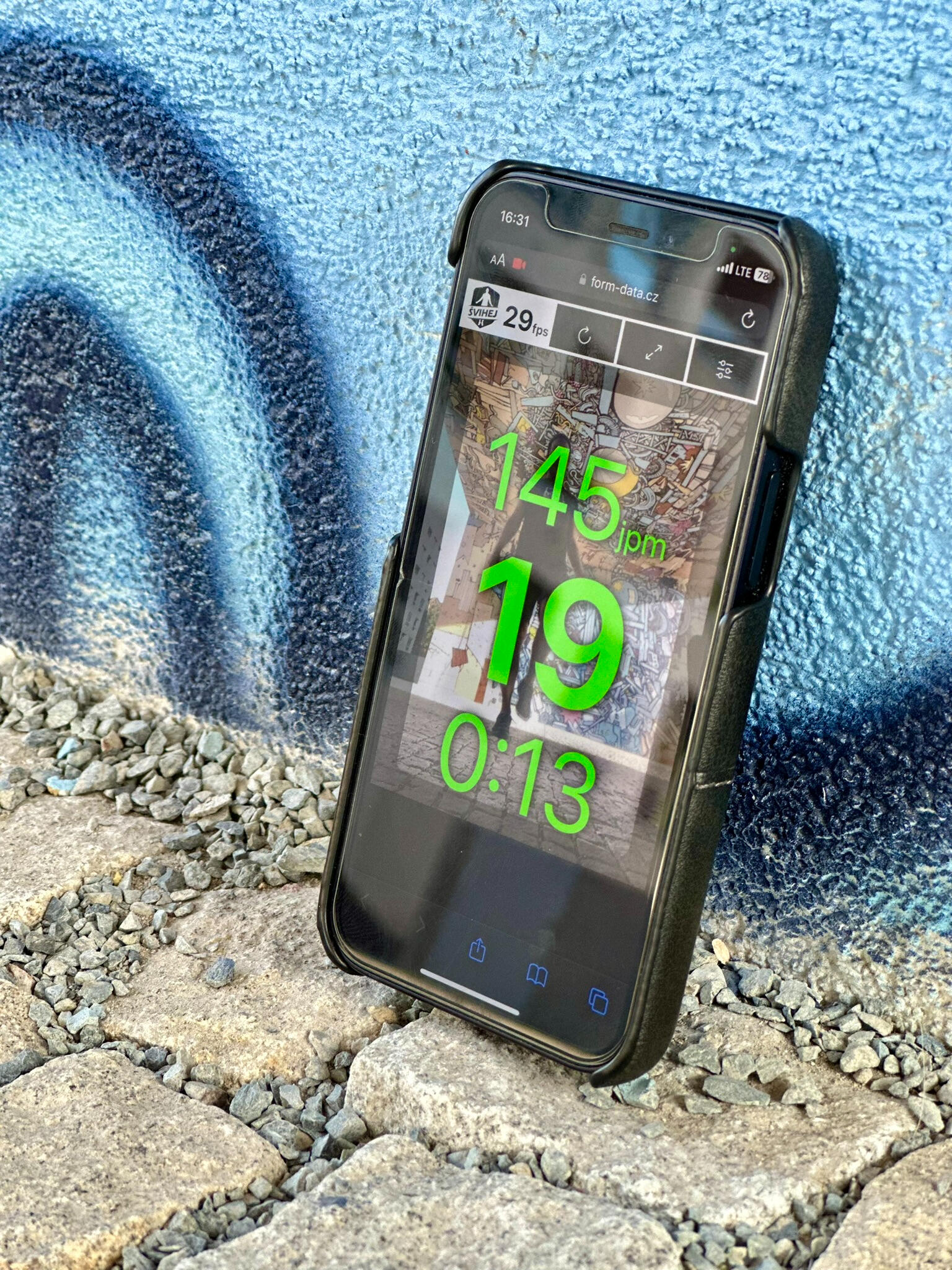
Původní myšlenkou, proč pro počítání přeskoků použít strojové vidění místo chytrých hodinek, byla snaha pomoci začátečníkům lépe pochopit jejich chyby v technice skákání.Kamera snímá pohyby uživatele, dokáže rozpoznat chyby a navést ho ke správnějšímu a efektivnějšímu stylu skákání.Jsem autorem nápadu a vedoucím projektu. Mám na starosti mimo jiné definici funkcí, plánování a uvedení produktu na trh.Aplikaci můžete najít na portále Švihej, konkrétně portal.svihej.cz , kde ji používá několik tisíc zákazníků.
Toto je pravděpodobně nejkratší kapitola mé kariéry. Pro firmu Ecocapsule jsem pracoval jen několik měsíců během své letní stáže během prvního a druhého ročníku magisterského studia. Během této doby jsem se především naučil různé výrobní metody, například výrobu z kompozitních materiálů. Navrhl jsem také okenní pant, který však nakonec nebyl realizován.Na této stáží jsem nejvíce oceňoval, že jsem se postupně dostával na různé pozice výroby a měl jsem možnost si osvojit technologii laminování a výroby forem.Vývoj probíhal ve firmě JAG.sk
This initial phase involves understanding the demand for a new product, which often originates from customer feedback and market observations. Methods to identify these needs include conducting detailed customer surveys, analyzing feedback from various touchpoints, and monitoring industry trends to spot gaps and opportunities. The aim is to capture and validate the real-world needs of customers, ensuring that the product idea is grounded in actual demand.
Outputs: Detailed customer requirements, identified market gaps, and a validated product idea.
In this phase, a thorough market analysis is conducted to understand the competitive landscape and market dynamics. This includes researching the target market, identifying key competitors, and performing a SWOT analysis to evaluate strengths, weaknesses, opportunities, and threats. The insights gained help in positioning the product strategically and identifying unique selling points that can differentiate it from existing offerings.
Outputs: Market research reports, competitor analysis, and a SWOT analysis.
Specification definition involves detailed planning and outlining the technical and functional requirements of the product. Collaboration with development teams, stakeholders, and potential users is crucial to ensure that the specifications are accurate, comprehensive, and feasible. This step sets the foundation for the development process by clearly defining what the product will do and how it will perform.
Outputs: Detailed product specifications, technical and functional requirement documents.
Creating a proof of concept or an MVP is about developing a simplified version of the product to validate the core idea. This stage focuses on iterative testing, where prototypes are built, tested, and refined based on user feedback. The goal is to ensure that the basic functionalities work as intended and to gather insights that will guide further development.
Outputs: Proof of concept models, MVP prototypes, user feedback and testing reports.
The pre-serial prototype is a more refined version of the product, closer to the final design, but produced in limited quantities. This prototype undergoes rigorous testing and validation to ensure it meets all specified requirements. This phase is critical for identifying any remaining issues, refining the product design, and preparing for mass production.
Outputs: Pre-serial prototypes, testing and validation reports, refined product designs.
In this stage, detailed financial planning is conducted to estimate the costs associated with developing and producing the product. This includes a breakdown of material, labor, and overhead costs, as well as a pricing strategy that aligns with market positioning and profitability goals. Additionally, a return on investment (ROI) analysis is performed to ensure the product will be financially viable and sustainable.
Outputs: Cost estimates, pricing strategy, ROI analysis reports.
Serial production marks the transition from prototyping to full-scale manufacturing. This phase involves setting up the production line, implementing quality control measures, and optimizing manufacturing processes to ensure efficiency and consistency. The focus is on producing the product at scale while maintaining high standards of quality and minimizing production costs.
Outputs: Production plans, quality control protocols, optimized manufacturing processes.
This phase involves strategizing and executing the launch of the product into the market. Effective marketing campaigns, public relations efforts, and a well-planned distribution strategy are essential to create awareness and generate demand. The objective is to introduce the product to the target audience, build brand recognition, and drive initial sales.
Outputs: Marketing and launch strategies, campaign materials, distribution plans
After the product is launched, it is important to monitor its performance in the market. This includes collecting and analyzing customer feedback, tracking sales and usage data, and identifying any issues or areas for improvement. Continuous monitoring allows for timely updates and enhancements to the product, ensuring it remains competitive and meets customer expectations.
Outputs: Performance reports, customer feedback data, enhancement and update plans.
The final phase focuses on ensuring the long-term sustainability and scalability of the product. This involves developing strategies to maintain product relevance, exploring opportunities for scaling production and expanding into new markets, and implementing sustainable practices to reduce environmental impact. The goal is to create a product that can grow and adapt over time, providing ongoing value to both the company and its customers.
Outputs: Sustainability plans, scalability strategies, environmental impact assessments.
